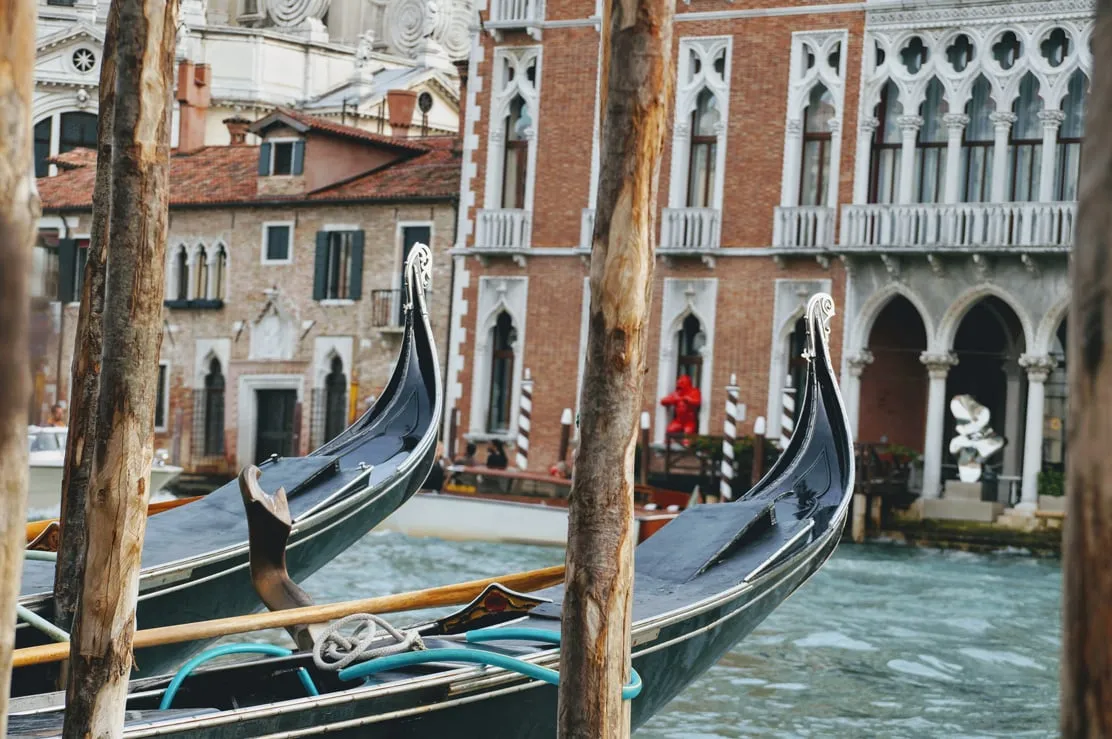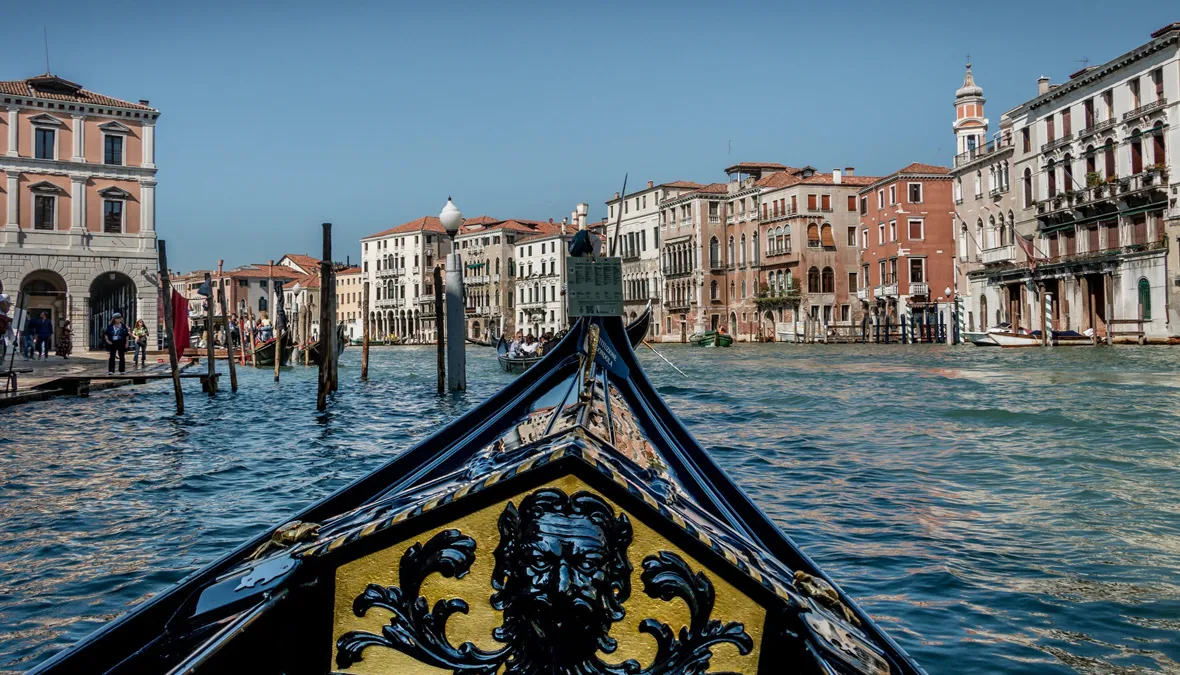Venice, the “City of Canals,” has long been a symbol of romance and timeless beauty. And nothing evokes the spirit of Venice more than a gondola ride along its winding canals. More than just a mode of transport, the gondola is an integral part of Venice’s history, culture, and heart.
The Historical Origins of the Venetian Gondola
The story of the gondola begins in the 11th century with the scaula, a type of flat-bottomed Roman boat. As Venice became an important trading center in the 16th century and the population grew rapidly, the scaula became unsuitable for navigating the crowded canals. From there, the boat’s design gradually improved, becoming longer and narrower, making it easier to maneuver through the intricate waterways.

By the 1800s, the gondola reached its standard size as we know it today: about 11 meters long and weighing approximately 350 kg. The distinctive asymmetrical shape of the gondola was finalized in the early 20th century and remains unchanged to this day.
Private Gondolas: Comfort and Privacy
As gondolas became more popular, they also became symbols of wealth and status. Luxurious gondolas were equipped with small cabins called felze, shielding passengers from the weather and ensuring privacy. There was even an unspoken agreement between gondoliers and passengers that “what happens on the gondola stays on the gondola,” making the felze an ideal location for secret rendezvous and romantic encounters.

Why Are Venetian Gondolas Black?
The characteristic black color of gondolas has an interesting history. In the 16th century, the extravagance of the upper class in decorating gondolas led the Venetian authorities to issue a law prohibiting all forms of ostentation. This law required all gondolas to be painted black, ending the lavish decoration race.
Today, you may see a few gondolas with different colors on the Grand Canal, but Venice still requires all gondolas to be dark in color. Many gondoliers still maintain the tradition of painting their gondolas glossy black.
Design and Decoration of Gondolas Today
Despite the color restrictions, gondolas today still retain their elegance. They are often fitted with luxurious leather upholstery and subtle decorations, including the fèrro, a stylized metal piece at the bow of the boat. The fèrro is not just decoration but also a symbol of Venice.
Gondola Production: A Meticulous Art
Gondola construction is a meticulous art performed at squero (boatyards). Skilled craftsmen use various types of wood such as oak, mahogany, larch, pearwood, spruce, cherry, elm, and fir to create different parts of the boat. This process takes about two months and can cost up to 38,000 euros.

One of the best ways to learn more about gondolas is to visit a squero. Squero San Trovaso is one of the most famous boatyards in Venice, allowing visitors to witness the elaborate boat-building process. Even carving the oar lock (la forcola) is an art that requires skill and patience.
Gondola Ownership and Numbers in Venice
In the old days, four gondoliers often shared a gondola. However, today, the production, maintenance, and licensing of gondolas are tightly controlled by a corporation.
During the golden age of gondolas in the 17th and 18th centuries, there were about 8,000 to 10,000 gondolas on the canals of Venice. Today, there are only about 400 gondolas used by licensed gondoliers, mainly serving tourists.
Gondoliers: More Than Just Rowers
Gondoliers are an integral part of the gondola ride experience. They are often charming, knowledgeable about local history, and full of interesting stories. However, not all gondoliers sing, as Hollywood often portrays.
Most importantly, gondoliers must be skilled at maneuvering the boat. Without them, the boat could capsize. The gondolier’s position on the boat helps balance the weight and stabilize the asymmetrical gondola.

How to Book a Gondola Ride?
Every year, millions of tourists come to Venice to visit the Grand Canal, Rialto Bridge, islands, and lagoons. The best way to explore Venice is on a gondola.
There are many ways to book a gondola ride. You can book directly at gondola stations or through travel companies. Some Venice tours also include gondola rides.
Conclusion
Experiencing a gondola ride in Venice is more than just a trip on the water. It’s a journey to discover the history, culture, and beauty of this city. Sitting on a gondola gliding gently through the canals, you will feel the classic charm of Venice and create unforgettable memories. Come to Venice and experience this magic for yourself!